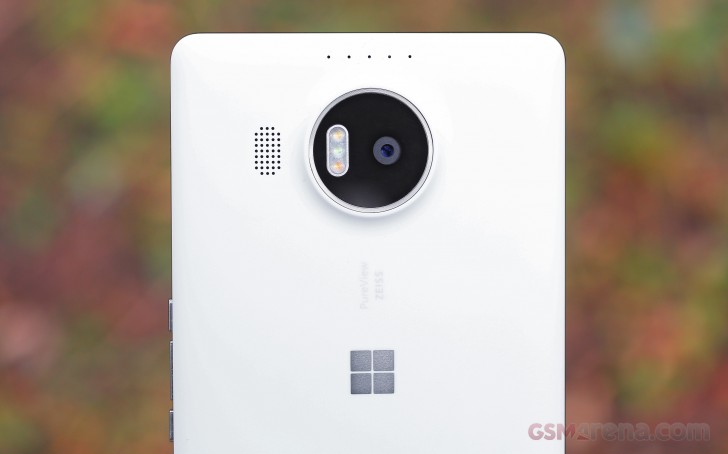
โลก
ออนไลน์วิจารณ์หนัก "สาวมือสาดโจ๊ก" ไม่สำนึกผิด ขู่สาวเซเว่นฯ
ไม่ลาออกจะตามไปตบซ้ำอีก ต่อมาช่วงเที่ยง แม่สาวสาดโจ๊ก
ได้นำตัวลูกสาวเข้าพบพนักงานสอบสวนแล้ว เพื่อให้ตำรวจสอบสวน
จาก กรณี
น.ส.เอ (นามสมมุติ) อายุ 17 ปี พนักงานร้านเซเว่นอิเลฟเว่น สาขาคูบางหลวง
อ.ลาดหลุมแก้ว จ.ปทุมธานี ได้เข้าแจ้งความกับ พ.ต.ท.พงษ์อนันต์ รักษาชาติ
พนักงานสอบสวน สภ.คูบางหลวง เพื่อให้ดำเนินคดีกับ น.ส.อ้อย (นามสมมุติ) ชาว
อ.สามโคก ในข้อหาทำร้ายร่างกาย หลังจากถูก...























